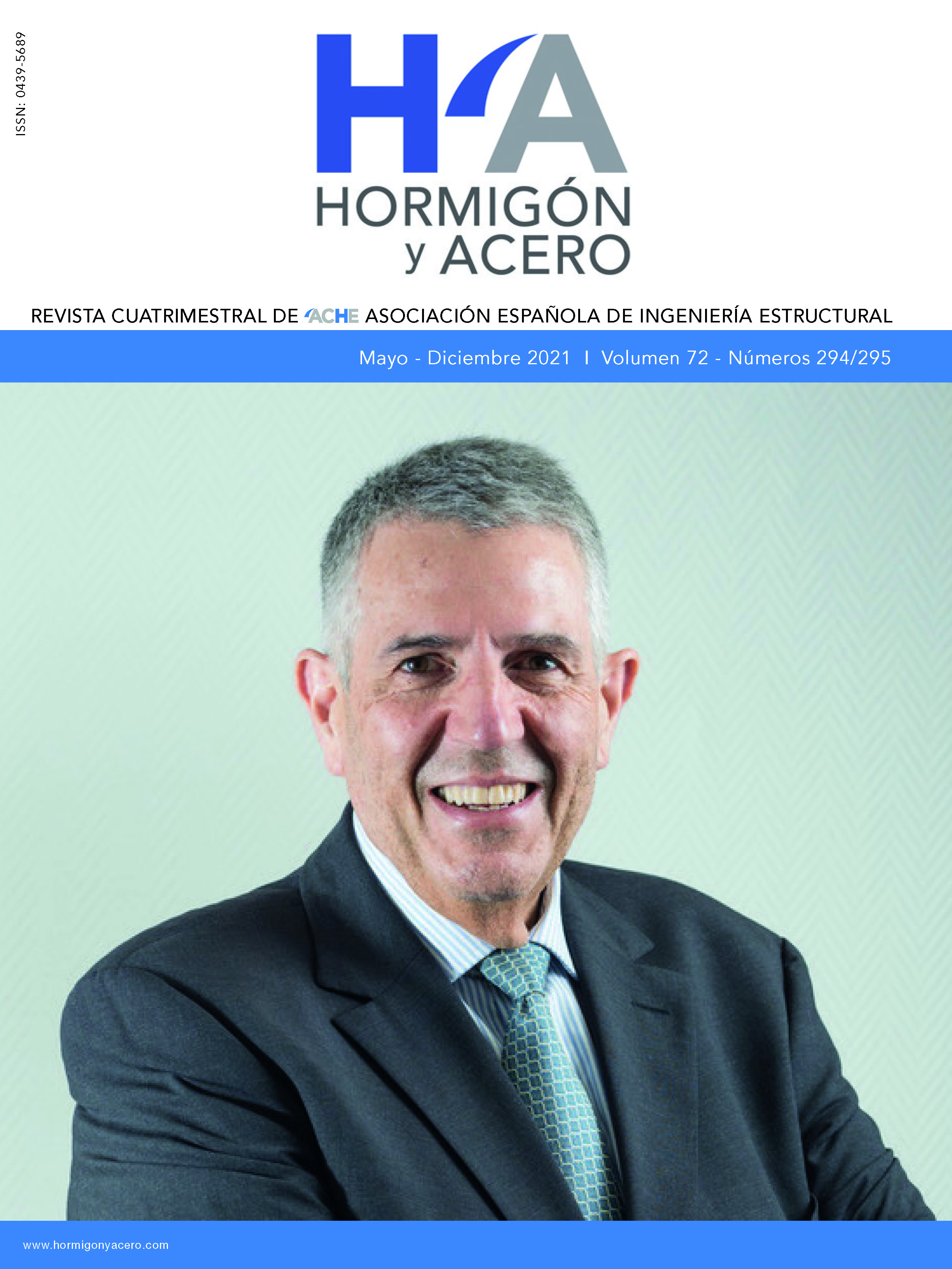Detection of corrosion risk beside patch repairs
Abstract
As a rule, in real concrete structures reinforcement corrosion generates cracks parallel to the steel but so randomly distributed that surface spalling is irregular. During inspection and subsequent patch-repair planning, the areas most intensely cracked are generally deemed to be an indication of greater corrosion. The unit for justifying the need for repair measures, in turn, is the area of the regions affected by cracking. Inasmuch as the area corroded is normally greater than the area affected by cracking, if only the latter is repaired damage may re-appear years or even months after intervention due to the existence of undetected steel corrosion. The amount of area in need of patch repair is a key issue with significant financial and safety implications. The mechanisms governing corrosion and the feasibility of galvanic coupling between repassivated and adjacent regions are discussed hereunder. The article also addresses the effect of using steel primers in repaired zones and bonding agents between the existing and repair materials. It likewise describes the three techniques that can be used to determine how much contaminated concrete should be removed: two types of chemical analysis (pH or chloride content) and corrosion parameter measurements (corrosion rate) in areas adjacent to the cracked or in the repaired zone.

